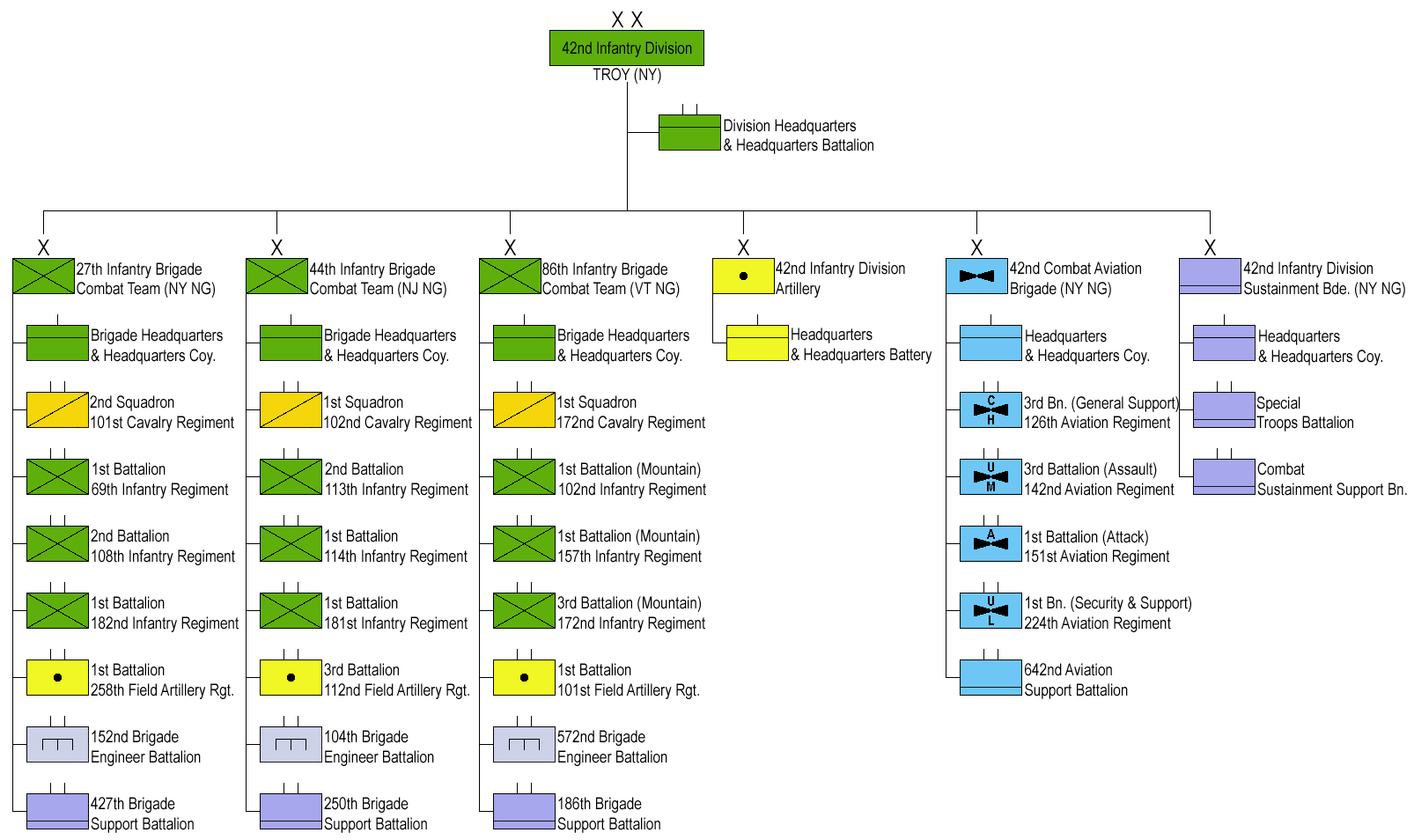Hey whoa.... the Pictou Fusiliers stormed the beaches of Normandy in 1944 and the section+ they parade twice a month takes great pride in that.
How dare you suggest trampling on that proud heritage in the pursuit of a more functional ORBAT
I know that comes with a healthy dose of sarcasm but in reading "Relentless Struggle" and Reserves 2000's website and material one realizes the tremendous counterproductive gap that exists between the RegF view of the ARes and the politicized ex-leadership of the ARes. One needs to find a happy medium between the dismal reality of the ARes and its realizeable potential.
The trouble is that both sides have some good points but also some stupid ideas which neither will let go of.
I've been puzzling through this as I look at my napkin force from time-to-time. There frankly are no courses of action which will please both sides. In typical lawyer fashion one has to reach a settlement which leaves both sides equally dissatisfied.
I'm someone who doesn't want to throw out the baby with the bathwater by creating a whole new set of numbered battalions or newly named regional units. I believe in keeping alive traditions that are already established as much as possible. I've got a lot of flexibility here but think one could reach a balance with 30/70 / 70/30 units with the following:
1. reduce each of the three RegF infantry regiments to a single 70/30 PPCLI bn, a single 100/0 RCR bn and a single 100/0 R22eR bn;
2. designate 12 - 15 of the strongest ARes battalions across the country as either a 70/30 or a 30/70 battalion;
3. designate 4 additional ARes battalions across the country as depot battalions;
4. designate the GGFG as a public duties battalion;
5. each of items 2, 3 and 4 will be assigned a RegF CO and a large RegF Regt'l HQ staff;
6. all remaining RegF rifle companies not part of serial 1. will be assigned to serials 2 and 3 at the rate of one per 30/70 bn and two per 70/30 bn;
7. all RegF CS and CSS companies will be distributed across the infantry battalions in platoons of appropriate ratios;
8. all remaining ARes bns are reduced to coy strength and assigned to one or another of the 30/70 and 70/30 bns
Similar reallocation will occur for armed, arty, engineer and CSS battalions
I've been toying with a continued affiliation system so that, as an example, the RHLI becomes a 30/70 battalion with a rifle company plus a CS platoon and a CSS platoon from let's say 3 RCR (but moved into the Hamilton area on long tour postings - and probably rebadged as RHLI) as its fully equipped RegF "30" components; an ARes rifle company from the original RHLI in Hamilton; an ARes rifle company from the L&WRegt from St Catherines/Welland and maybe the A&SHighrs as the ARes portion of two CS platoons and two CSS platoons as the "70". Let the RHLI have an honourary colonel and each of the other three ARes "companies" have an honourary LCol and maybe even let them keep their dress uniforms and volunteer bands.
It's not the neatest solution but it preserves important regimental ties and affiliations and the regional connection with the communities while creating a viable battalion with a solid RegF core. It might make the whole program less unpalatable to both sides. I'm way open to other suggestions as to how to make something like this work.







